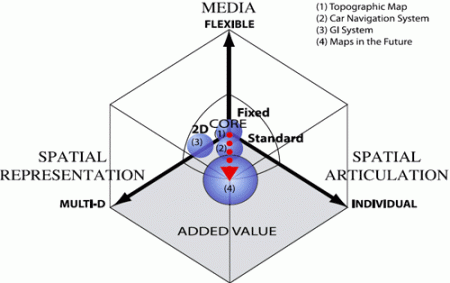Introduction to Ubiquitous Cartography and Dynamic Geovisualization with Implications for Disaster and Crisis Management
Jirí Hrebícek • Milan Konecný
Several large-scale data and information infrastructures (SDI) are being created (INSPIRE, GMES) to support management and decision-making processes, and they are also used for solving a wide range of problems, including crisis management. These solutions require updated, precise, interoperable and integrated spatial data and information equipped with metadata. Up-to-date information, their suitable structuring and easy access to them are necessary for supporting timely and correct decision making in emergency/crisis situations. Most such information is geo-referenced. Cartographic visualization plays an important role for a user’s orientation. Visualization is not an isolated element of the information transfer process; it depends on the status of source databases, decision support models, and the behavior of users. Current solutions of crisis management employ static cartographic visualizations based on prepared models of crisis situations. The chapter concentrates on ubiquitous cartography and dynamic geovisualization of real-time models and on the project “Dynamic Geovisualization in Crisis Management” undertaken at Masaryk University in the Czech Republic.


The Geospatial Web ▪ Copyright 2007 Springer ▪ ISBN: 1-84628-826-6


